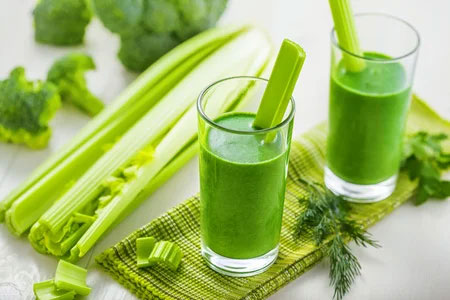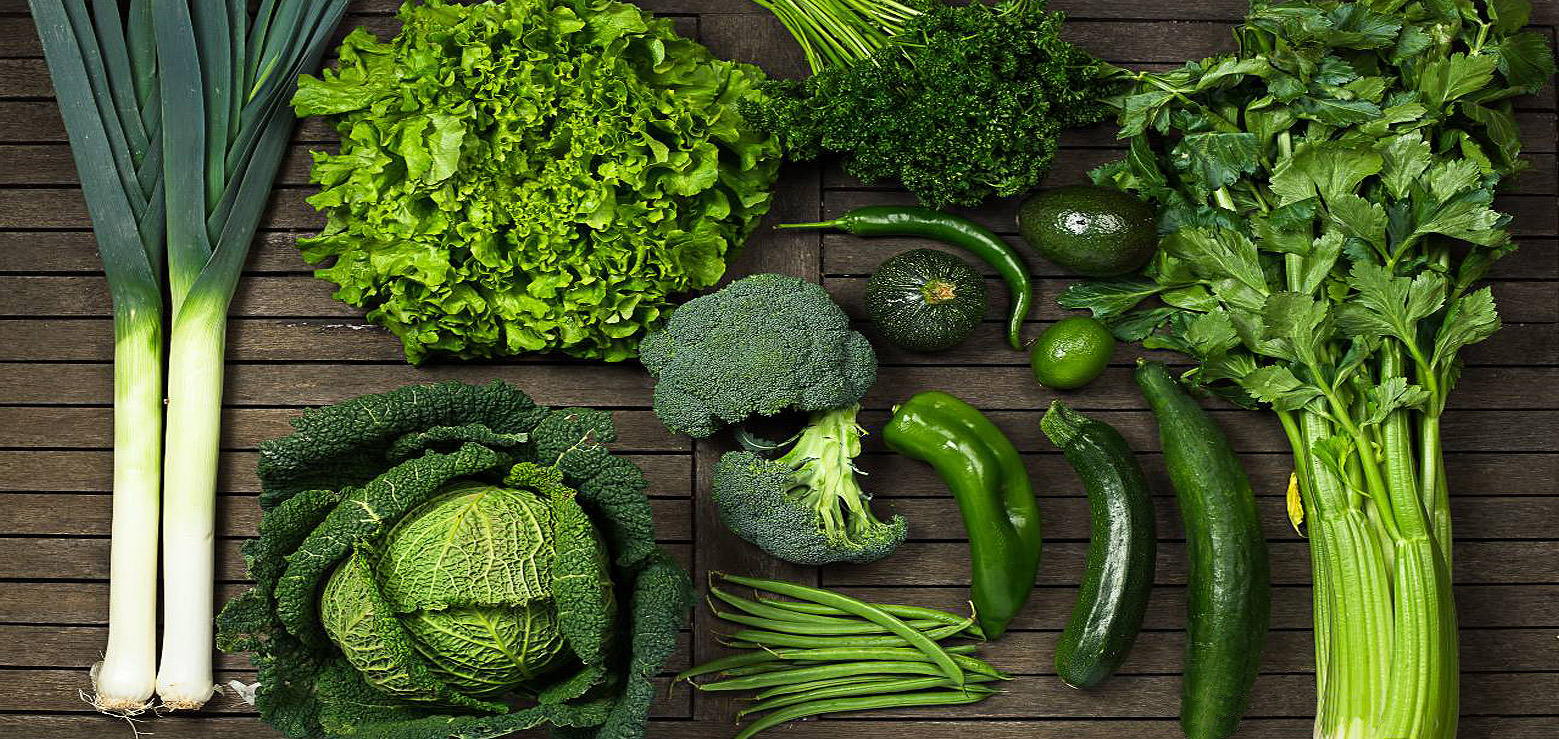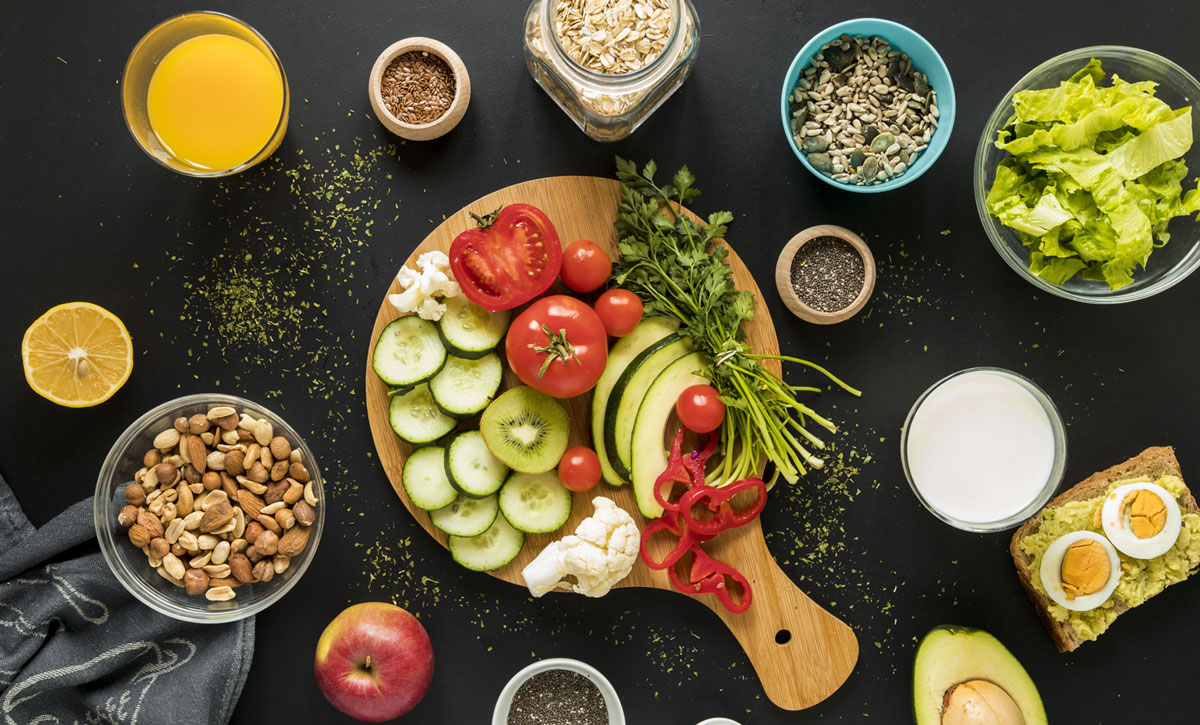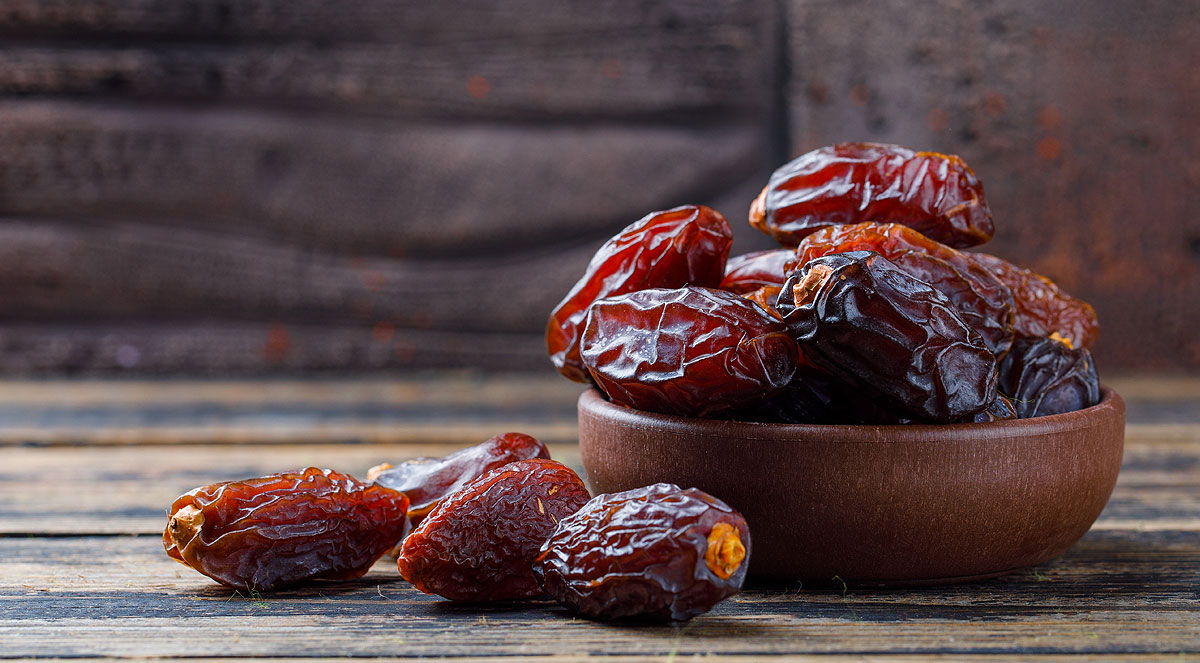A diet rich in green vegetables is crucial for good health. They are low in calories and high in fiber, vitamins, and minerals.
Numerous health advantages of eating a diet high in greens include a decreased risk of obesity, heart disease, high blood pressure, and mental decline.
Here are some of the green veggies that are best for your health.
Kale
Due to its abundance of vitamins, minerals, and antioxidants, kale is regarded as one of the vegetables with the highest nutrient density in the world.
For instance, one cup (67 grams) of raw kale has 684 percent of the recommended daily intake for vitamin K, 206 percent for vitamin A, and 134 percent for vitamin C.
Additionally, it has anti-oxidants like lutein and beta-carotene that lower the risk of illnesses brought on by oxidative stress.
Since cooking can alter the vitamin profile of kale, it is best consumed raw in order to reap the full nutritional benefits.
Spinach
Popular among leafy green vegetables, spinach is simple to include in a wide range of meals, including soups, sauces, smoothies, and salads.
One cup (30 grams) of raw spinach has an outstanding nutritional profile, containing 181% of the recommended requirement for vitamin K, 56% for vitamin A, and 13% for manganese.
It also contains a lot of folates, which are essential for the development of red blood cells and for preventing neural tube abnormalities in pregnant women.
A poor intake of folate during the first trimester of pregnancy was revealed to be one of the most avoidable risk factors for the neural tube defect spina bifida.
Eating spinach is a fantastic way to enhance your folate consumption while pregnant, along with taking a prenatal vitamin.
Cabbage
Green, white, and purple-colored bunches of thick leaves make up cabbage.
Along with kale, broccoli, and Brussels sprouts, it is a member of the Brassica family.
Glucosinolates, which are present in this plant family’s vegetables, give them a bitter taste.
Foods that contain these plant components may have cancer-protective qualities, particularly against lung and esophageal cancer, according to animal studies.
Another advantage of cabbage is that it can be fermented to make sauerkraut, which has many health advantages, including enhancing digestion and boosting the immune system. Even weight loss may be aided by it.
Romaine Lettuce
A typical leafy vegetable with strong, dark leaves and a firm center rib is romaine lettuce.
Popular lettuce with a crunchy texture, especially in Caesar salads.
One cup (47 grams) of it provides 82 percent and 60 percent of the recommended daily intake for vitamins A and K, respectively.
Furthermore, studies on rats revealed that lettuce increased their blood lipid levels, possibly lowering their risk of developing heart disease. These advantages in humans need to be investigated in more detail.
Arugula
Arugula, also known as rocket, colewort, roquette, rucola, and rucoli, is a leafy green that belongs to the Brassicaceae family.
It has little leaves that are simple to add to salads or use as a garnish, and it has a mildly peppery flavor. Additionally, it has both medical and cosmetic uses.
It is loaded with nutrients, including pro-vitamin A carotenoids and vitamins B9 and K, like other leafy greens.
It’s also among the best providers of dietary nitrates, a substance that your body converts to nitric oxide.
Despite the controversy surrounding their health advantages, several studies have revealed that nitrates may improve blood flow and lower blood pressure by expanding blood vessels.
Broccoli
Broccoli is a green vegetable with branches with either purple or, more frequently, green blossom buds. It can be eaten raw or cooked and is a member of the cruciferous family, along with kale, cauliflower, and cabbage. Just 80g (or around 2 spears) counts as one of your five a day.
Whether broccoli qualifies as a “superfood” or not has been the subject of numerous health claims over the years, but its nutrient-rich profile does have some significant health advantages.
In addition to having a good amount of iron, potassium, calcium, selenium, magnesium, vitamins A, C, E, and K, and a wide variety of B vitamins, including folic acid, broccoli is also a good source of fiber and protein.
Celery

A single stalk of celery includes at least 12 different varieties of antioxidant elements in addition to vitamin C, beta carotene, and flavonoids. It is also an excellent source of phytonutrients, which have been found to lessen inflammation in the blood vessels, cells, and organs.
Numerous diseases, such as osteoporosis and arthritis, have been related to chronic inflammation. There are about 25 anti-inflammatory chemicals in celery and celery seeds, which can protect the body from inflammation.
While celery’s anti-inflammatory and antioxidant components provide defense for the entire digestive tract, the stomach may particularly benefit from celery.
In animal tests, pectin-based polysaccharides in celery, such as the substance apiuman, have been proven to reduce the incidence of stomach ulcers, enhance the lining of the stomach, and regulate stomach secretions.
Additionally, celery has a high water content (almost 95%) and a lot of both soluble and insoluble fiber. All of those aid in maintaining regularity and a healthy digestive system. 5 grams of dietary fiber are included in one cup of celery sticks.
Cucumber
Despite having few calories, cucumbers are a great source of numerous vital vitamins and minerals.
The majority of a cucumber is water, but it also contains vital electrolytes. They can aid in avoiding dehydration in hot conditions or following exercise.
Water can be made more appealing by adding cucumber and mint for those who do not like to drink it.
Maintaining a healthy bowel, avoiding constipation, avoiding kidney stones, and other benefits depend on staying hydrated. One of the foods that are most hydrating is cucumber.
In managing and preventing diabetes, cucumbers may be helpful. It has ingredients that could reduce blood sugar or prevent it from rising too high.
According to one idea, the cucurbitacins in cucumbers assist control the metabolism of hepatic glycogen, a crucial hormone in the processing of blood sugar, and the release of insulin.
According to certain studies, the nutrients in cucumbers may be beneficial for the health of the skin.
Slices of cucumber applied directly to the skin can aid to cool and soothe the skin, as well as lessen inflammation and swelling. Sunburns can be relieved by it. When applied to the eyes, they can assist in reducing morning puffiness.















